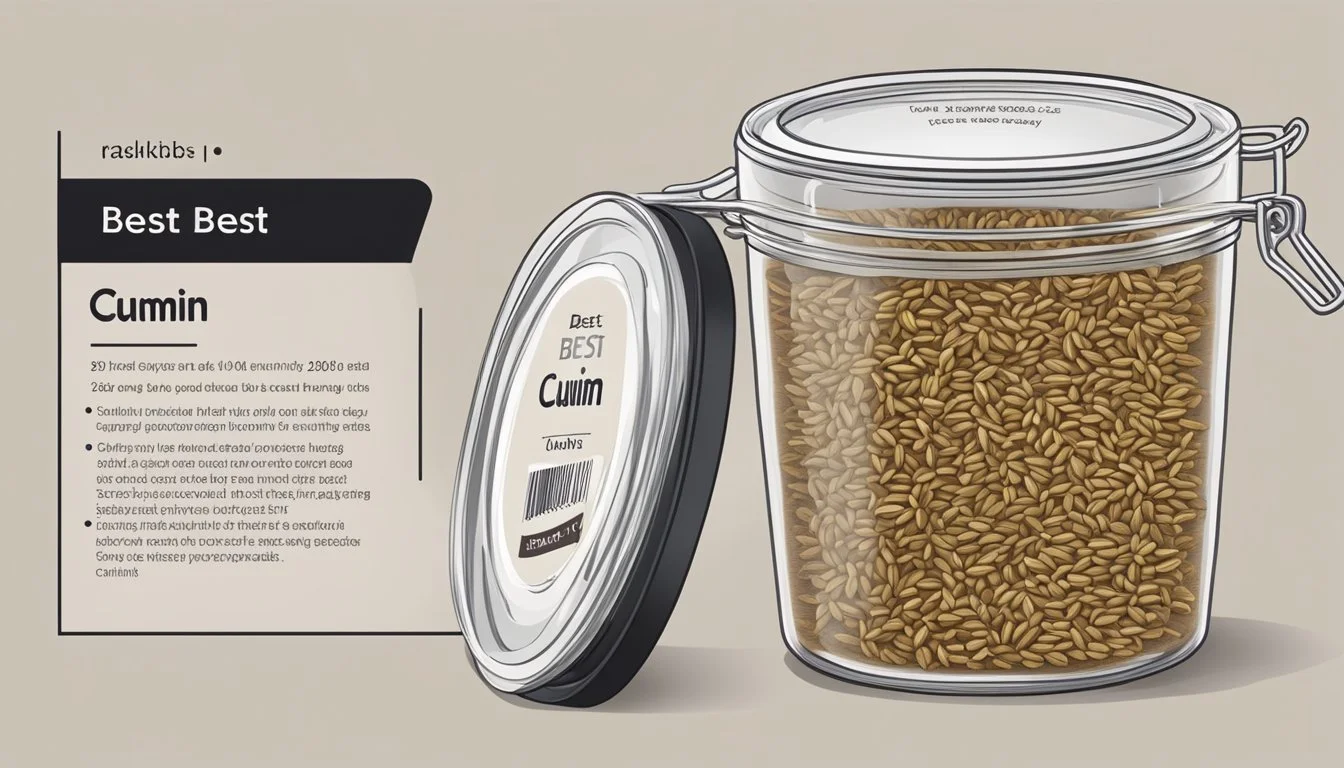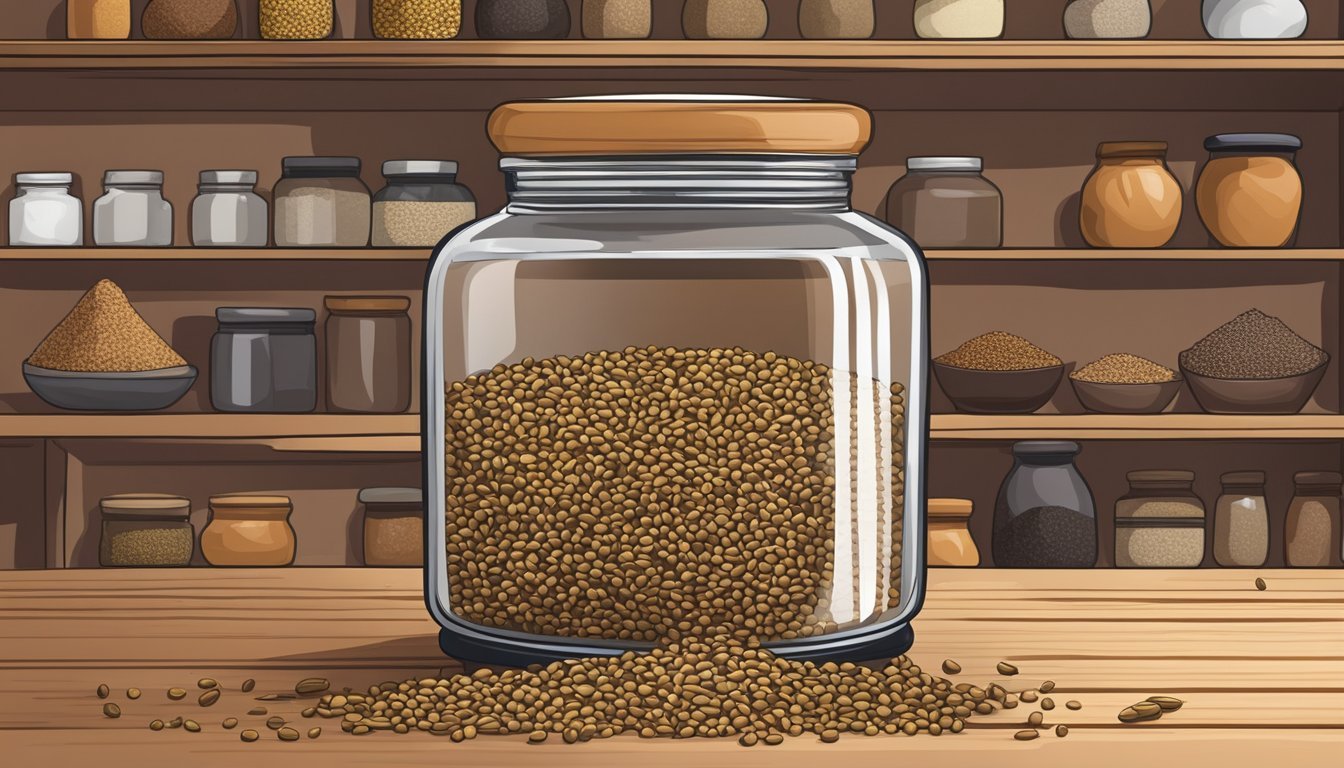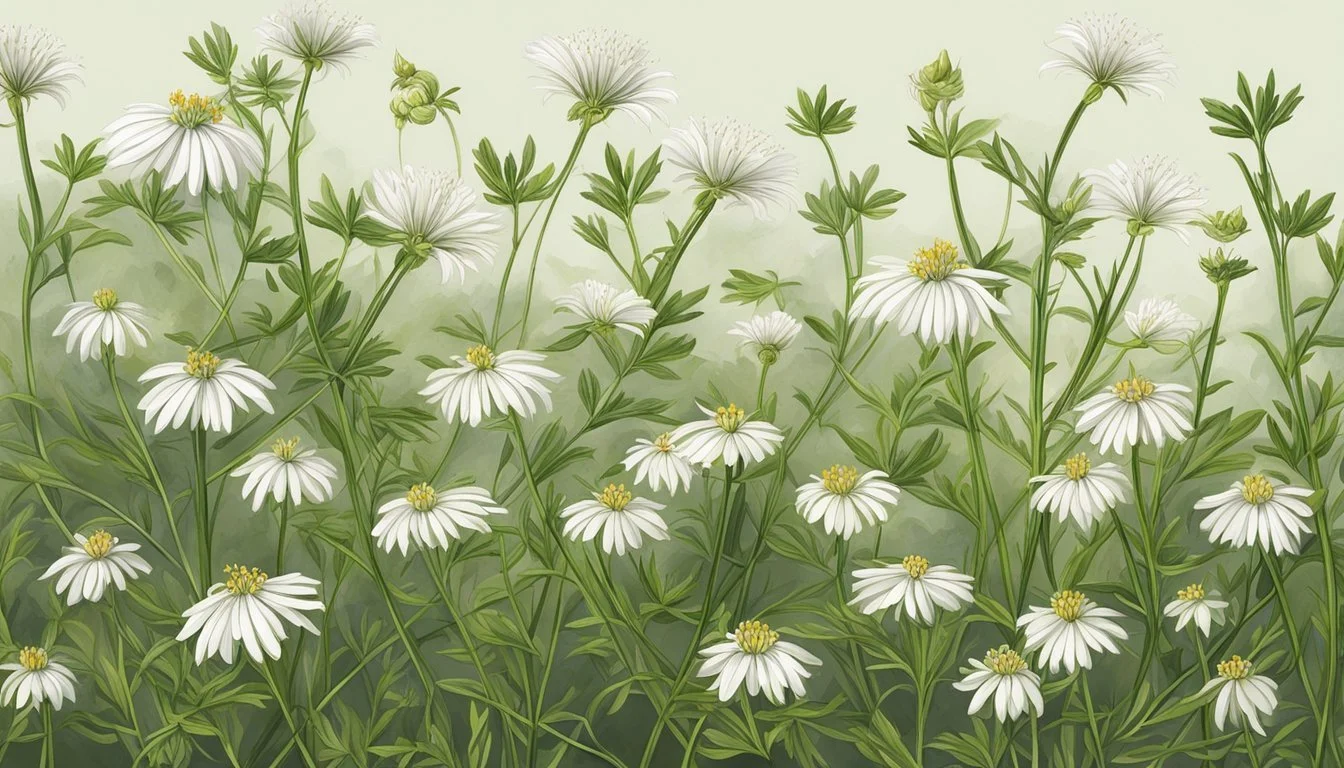How Long Do Cumin Seeds Last?
Understanding Spice Shelf Life
Cumin seeds (how long do cumin seeds last?) are an essential spice in many cuisines, celebrated for the depth of flavor and aroma they bring to a variety of dishes. When stored under optimal conditions, cumin seeds maintain their quality for a certain period. Their shelf life can range from one year to as long as three to four years, ensuring cooks can rely on their distinct taste for numerous meal preparations over time.
Nevertheless, the longevity of cumin seeds' flavor and aroma is not indefinite. Over time, these seeds may begin to lose the potency that makes them such a kitchen staple. Maintaining the quality of cumin seeds is crucial, which is achieved through proper storage. By doing so, users can maximize their shelf life and ensure the seeds retain their impactful taste and scent.
Cumin Seed Overview
Cumin seeds are a pivotal spice with a distinctive aroma that plays a significant role in culinary traditions across various cultures. They are also recognized for their health benefits.
History and Origin
Cumin (Cuminum cyminum) has a storied history that traces back to ancient cultures in India, the Middle East, Egypt, and regions of China. It is believed to have been used as a spice for over 5000 years, with mentions in the Bible and records from ancient Egyptian use in mummification.
Culinary Uses
The warm, earthy flavor of cumin seeds makes them a staple in cooking across the world, particularly in dishes from India and countries in the Middle East. Cumin is widely used in the creation of curries, soups, stews, and an array of recipes, suitable for seasoning vegetables, chicken, and various meats.
Health Benefits
Cumin seeds offer various health advantages, including aiding digestion, reducing symptoms of bloating and indigestion, and being a rich source of iron. These seeds are highly valued for their therapeutic properties and have been incorporated into traditional medicinal practices for centuries.
Factors Affecting Freshness and Flavor
The longevity and quality of cumin seeds are greatly influenced by various factors including exposure to light and heat, humidity and moisture levels, and the conditions in which they are stored. These factors directly impact the freshness, aroma, and potency of the cumin seeds.
Light and Heat Exposure
Cumin seeds are sensitive to light and heat, which can deteriorate their quality. Prolonged exposure to direct sunlight can cause the essential oils in cumin seeds to evaporate, leading to a loss in aroma and flavor. Heat can also reduce the potency and freshness of the seeds.
Ideal Conditions: A cool, dark cupboard away from sources of heat like stoves or sunlight.
Humidity and Moisture
Humidity and moisture can alter the texture of cumin seeds by making them sticky or causing them to clump together. Excess moisture can also lead to mold growth, rendering the seeds unfit for consumption.
Prevention: Store cumin seeds in a dry environment where humid conditions are minimized.
Storage Conditions
Proper storage is critical for maintaining the quality and freshness of cumin seeds. An airtight container such as a glass jar is preferable to a plastic container as it ensures limited exposure to air, preventing the seeds from becoming stale.
Containers: Use airtight containers made of materials like glass or metal.
Locations: Store at room temperature in a dry, dark place or consider refrigeration or freezing for longer shelf life, ensuring the container is moisture-free.
Optimal Storage Solutions
For cumin seeds to retain their quality over time, specific storage conditions are essential. Factors such as temperature, container type, and exposure to elements like humidity must be carefully managed.
Short-Term Storage
For short-term storage, a cool and dry environment is key. Cumin seeds can be kept in airtight containers such as sealed plastic bags or mason jars. They should be stored away from direct sunlight, as UV rays can deteriorate the seeds' quality. A pantry or a cupboard, ideally at a temperature around 68°F (20°C), creates optimal conditions that help maintain the seeds' potency.
Airtight Containers: Plastic bags, glass jars with sealable lids.
Location: Pantry, kitchen cupboard away from heat sources.
Avoid: Humidity and direct sunlight.
Long-Term Storage
For extended preservation, both temperature and humidity need stricter control. The best method is to place cumin seeds in glass jars with tight-fitting lids, accompanied by a desiccant to manage moisture. Storing these jars in the refrigerator or freezer can significantly prolong their shelf life. Freezing can maintain seed quality for up to 3 to 4 years.
Glass Jar Storage: Use clean, dry glass jars with tight lids.
Include Desiccant: Silica gel packets can control internal humidity.
Refrigeration: Keeps seeds at a stable temperature below 42°F (5.6°C).
Freezing: Extends shelf life while maintaining flavor and aroma.
Determining Cumin Seed Quality
When evaluating the quality of cumin seeds, one should pay close attention to their physical attributes and sensory characteristics, focusing on aroma and flavor, which are indicative of freshness and potency.
Physical Attributes
The quality of whole cumin seeds can be gauged by examining their size, color, and texture. Good quality seeds are typically uniform in size, suggesting careful sorting during processing. The color should be a consistent brown or tan, indicating proper drying and preservation techniques. Seeds that appear vibrant and not faded are considered to be fresher. Texture-wise, cumin seeds should be firm and unbroken; a brittle texture may point to older stock that has lost its natural oils and, subsequently, its flavor potency.
Aspect Indicator of High Quality Size Uniform, not too small Color Consistent brown or tan, vibrant Texture Firm, whole, and unbroken
Aroma and Flavor
Cumin's distinctive earthy aroma and flavor are tell-tale signs of its quality. One should test the seeds by gently toasting a small amount, which helps to release the oils and magnify their aromatic profile. The aroma should be robust and earthy; a weak aroma may signal diminished potency. As for taste, the flavor should be strong and unmistakable when samples are freshly ground. Seeds with a muted or stale flavor likely indicate poor quality or an extended storage period, which detracts from their freshness and culinary value.
Aroma after toasting: Robust, earthy
Flavor when ground: Strong, unmistakable
By attentively assessing these attributes, one can ensure the use of high-quality cumin seeds that will impart the desired depth of flavor to culinary dishes.
Utilization in Cooking
Cumin seeds hold a place of honor in the spice cabinets of culinary enthusiasts, treasured for their warm, earthy flavor and robust aroma that can transform simple dishes into signature plates. They are particularly valuable in their whole form for unlocking layers of taste when used correctly.
Preparation Techniques
Toasting: Whole cumin seeds release their full spectrum of flavors when gently toasted in a dry skillet over medium heat. Stir them continuously for about 1-2 minutes until they become fragrant and slightly darken. This method amplifies their intrinsic nutty aroma.
Grinding: After toasting, grinding the seeds is best done with a spice grinder or a mortar and pestle. Achieving a fine powder allows for the spice to be more evenly distributed throughout a dish. Ground cumin should be used promptly as its flavor diminishes faster than the whole seeds.
Recipes and Pairings
Seasoning Blends: Ground cumin is a pivotal component in various spice mixes, like curry powder, where it's often blended with coriander, turmeric, and chili. Whole seeds are sometimes included in pickling mixes and aromatic sachets for simmering.
Ingredient Synergy: Cumin pairs exceptionally well with certain herbs and vegetables. It enhances the flavors of dill and cilantro and is a perfect match for the sweet earthiness of carrots. Just a pinch of cumin can elevate simple carbohydrates such as rice or bread.
Culinary Uses: In cooking, cumin is used as much more than just a background note. It is essential for seasoning proteins, salts, and marinades, providing that token depth that typifies dishes from Tex-Mex to Middle Eastern cuisines. Its versatility makes it a go-to spice for both whole seed toasting and ground cumin incorporation.
Shelf Life and Spoilage
Cumin seeds, known for their distinct flavor in culinary uses, have varying shelf lives depending on their form and storage conditions. Understanding how to detect their freshness and methods to prevent spoilage is crucial for maintaining their quality.
Shelf Life Indicators
Whole cumin seeds typically have a longer shelf life than ground cumin, staying fresh for up to four years if stored properly. One can assess the freshness of cumin seeds by their aroma; they should be potent and earthy. Ground cumin, however, loses its potency more quickly, with a shelf life of about one to two years. Seedlings, being living plants, don't follow the same shelf life criteria and require immediate care and planting.
To determine freshness:
Smell: Fresh cumin seeds exhibit a strong, aromatic scent. Staleness is indicated by a dull or musty odor.
Appearance: Fresh cumin should retain its rich brown color, without any signs of yellowing or dullness.
Preventing Spoilage
Proper storage is imperative to maximize the shelf life of cumin seeds and ground cumin, as well as to prevent spoilage. They should be kept in an airtight container, away from humidity, direct heat, and light to conserve their flavor and prevent them from becoming stale.
Storage recommendations:
Containers: Use airtight containers to protect cumin from moisture and other contaminants.
Environment: A cool, dry place is ideal, away from sources of heat which can accelerate the loss of potency.
Management: Regularly check the cumin for any changes in aroma or appearance, replacing them as necessary to ensure the highest quality in culinary use.
Cumin Seed Renewal and Lifecycle
Cumin seeds, an integral part of Middle Eastern cuisine, go through a distinct lifecycle from germination to harvest. Proper care ensures a healthy plant and viable seeds for continued cultivation.
Harvesting and Seed Renewal
Cumin plants reach maturity for harvest in approximately four months. Harvesting involves collecting seed heads once they brown and dry. Seed heads should be harvested before they shed seeds to the ground. One must carefully cut the heads and allow them to dry in a warm, well-ventilated area, protected from direct sunlight. After drying, the seed heads are threshed to separate the whole seeds. These seeds can then be stored for future planting or used in culinary applications, where they contribute robust flavor to dishes.
Renewal Process:
Harvest seed heads when brown and dry
Dry in a warm, ventilated area away from direct sun
Thresh to separate seeds
Caring for Cumin Plants
Cumin plants thrive in full sun with good drainage and need regular watering without waterlogging to prevent root rot, a common plant disease. They require little to no fertilization. It's crucial to monitor for pests such as aphids and to use appropriate eco-friendly pest control methods. Pruning is generally unnecessary, but removing affected parts can prevent the spread of disease or damage.
Cumin is sensitive to frost, so in colder climates, it is best to sow seeds indoors and transplant the seedlings after any danger of frost has passed. Consistent care and monitoring create the ideal conditions for cumin plants to flourish and produce viable seeds.
Care Guidelines:
Ensure full sun exposure and good drainage
Water regularly, avoiding waterlogging
Protect from pests and treat as necessary
Be mindful of frost and start seedlings indoors if required








